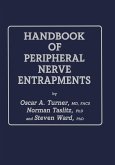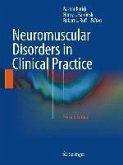Nine years have elapsed since the second edition of this book was published. In this time the principal advances in neuromuscular diseases have been in the application of molecular genetics to understanding the aetiology and pathogenesis of this group of disorders. As a result many previously unrecognised disorders have been charac terised. Some clinical syndromes, such as the limb girdle dystrophies, have become better defined. In many such instances the new genetic information has led to major advances in knowledge of the biology of cell structures, for example, the membrane structural and channel proteins. The clinical syndromes themselves, and their patho logical and electrophysiological characteristics, however, remain as important as ever, since they constitute the clinical problem itself and, indeed, the database from which all other concepts emerge. Knowledge of the pathogenesis, genetics, and molecular biology of neuromuscular disorders is essential both in developing and applying new therapies and preventive measures, and in formulating genetic and prognostic advice. However, this informa tion does not necessarily always define clinically useful syndromes. Myotonia, for example, is an electrophysiological finding in some syndromes in which it is un detectable by clinical examination, although the phenomenon itself was originally defined as a clinical entity. The limb girdle muscular dystrophy syndromes can be defined by severity, distribution of weakness, age of onset, sex distribution and other characteristics and many of these can be better understood by study of the under lying defect in cell structural proteins.
Dieser Download kann aus rechtlichen Gründen nur mit Rechnungsadresse in A, B, BG, CY, CZ, D, DK, EW, E, FIN, F, GR, HR, H, IRL, I, LT, L, LR, M, NL, PL, P, R, S, SLO, SK ausgeliefert werden.









